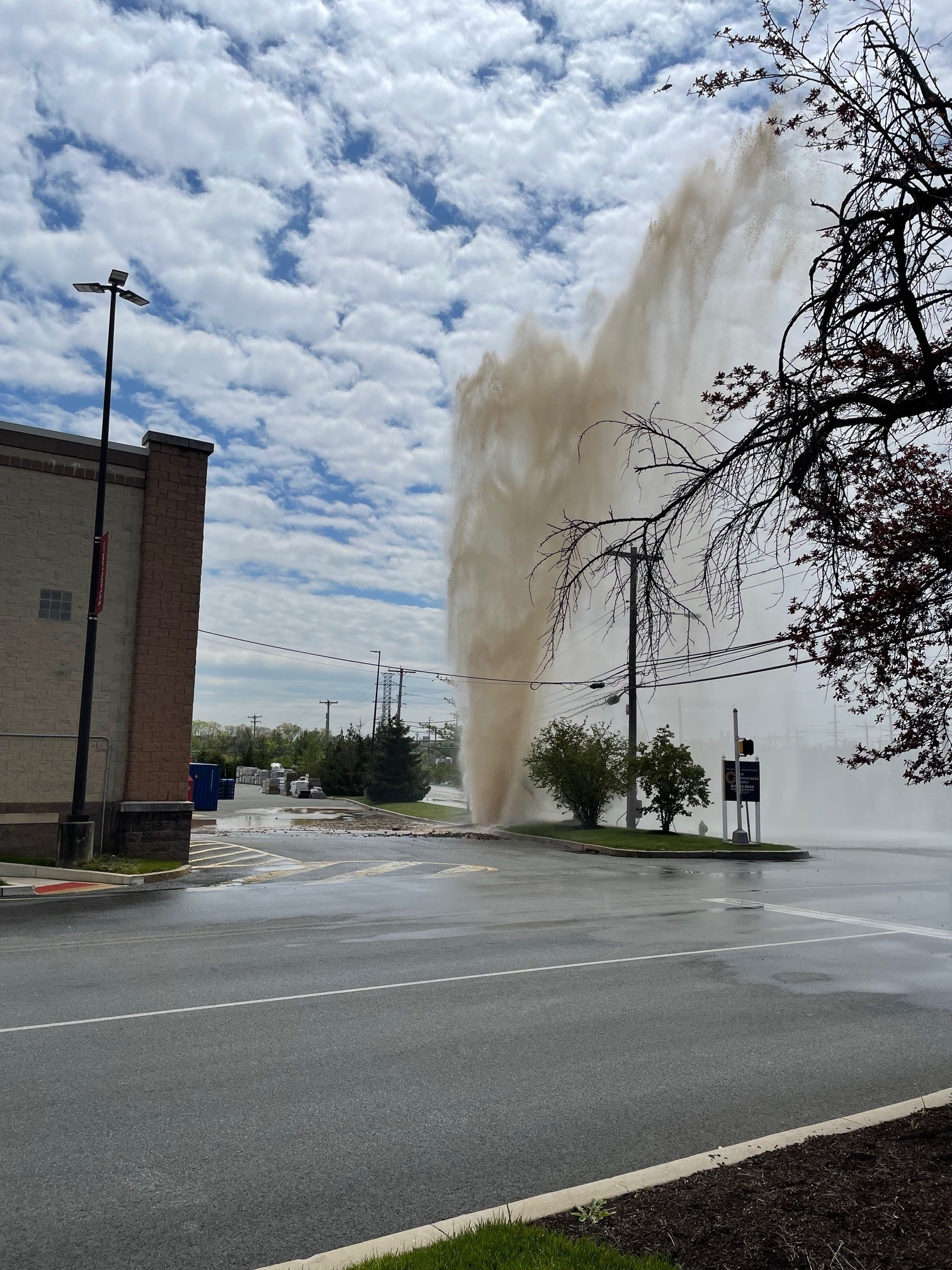A new tourism campaign is turning a spotlight from the heart of the city to the soul, its neighborhoods, with a novel focus toward inspiring Philadelphians themselves to venture beyond their own backyards to other parts of their hometown.
The Philadelphia Neighborhoods campaign, which the Greater Philadelphia Tourism Marketing Corp. is rolling out Friday online, aims to get repeat visitors and locals to explore the restaurants, art galleries, indie retailers, parks, live music, nightlife, community events and festivals in 14 neighborhoods that ring the city's downtown.
The areas were chosen because they are with 15 minutes of downtown hotels and they have lively retail corridors and active neighborhood and business associations.
"We are really aiming to raise the visibility of these neighborhoods so that people will be motivated to go and spend more time there," said Alethia Calbeck of the tourism marketing agency.
Philadelphia is often called a city of neighborhoods, though locals can be loath to leave the comfort of their respective 'hoods. It's only six miles from rowhouse river ward Fishtown to streetcar suburb Cedar Park -- respectively the easternmost and westernmost neighborhoods in the new campaign -- but that's an excursion many Philadelphians never take.
The other featured neighborhoods are Powelton Village, University City and Spruce Hill to the west of downtown; Graduate Hospital, Bella Vista, Queen Village, Pennsport and East Passyunk to the south; Fairmount, Spring Garden, Callowhill and Northern Liberties to the north.
The campaign was designed with two groups in mind: tourists who see downtown as been-there, done-that, as well as "your longtime resident of Spruce Hill who's never been to Fishtown," Calbeck said as an example.
Local
Breaking news and the stories that matter to your neighborhood.
"That happens, and we really want to see that" change, she said. "We want to see residents moving around the city."
The campaign is a year in the making and funded with $800,000 from the William Penn Foundation. Researchers fanned out to gather information from residents and business owners, some of whom are featured in brief videos offering their neighborhood slice of life.
Online, logo-like crests for each neighborhood are used as visual devices to organize and distinguish the maps, photos, itineraries, hundreds of listings, videos and logistical information that together create distinct profiles of each area. Users can tailor searches to specific categories if they want to only see restaurants, for example, or events by season.
"One of the best things about this is we're pulling all of this information together in one place which didn't exist before," said GPTMC vice president of communications Paula Butler.
User-generated photos and check-ins will feed into the website through Instagram and Foursquare, and locals tapped as guest Instagrammers will show their home turf through their own eyes.
"We're unusual for a tourism office in that half, give or take, of our audience is local," said tourism corporation spokeswoman Cara Schneider. "And it's terrific because what it means is we have hundreds of thousands of ambassadors, and so much of what we promote is of interest to locals."



